Interactive Water Cycle Diagram for Kids (Beginner)
The water cycle describes how Earth's water is not only always changing forms, between liquid (rain), solid (ice), and gas (vapor), but also moving on, above, and in the Earth. This process is always happening everywhere.
![]() Back to the water cycle on the USGS Water Science School.
Back to the water cycle on the USGS Water Science School.
The interactive water cycle diagram is being updated. We are looking to talk to educators to understand how we can improve the diagram. Please email us at water-science-school@usgs.gov if you'd be willing to share an hour of your time to help us.
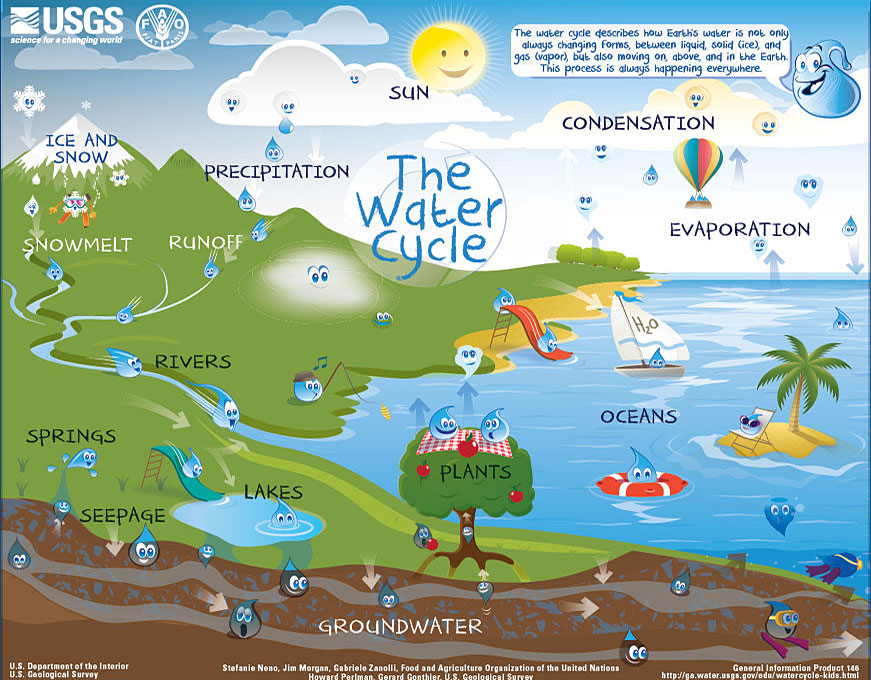
Condensation

Condensation causes clouds to form.![]() View full size
View full size
The colder temperatures high in the atmosphere cause the water vapor to turn back into tiny liquid water droplets—the clouds.
This is condensation, the opposite of evaporation. Winds in the atmosphere blow the clouds all around the globe.
Evaporation
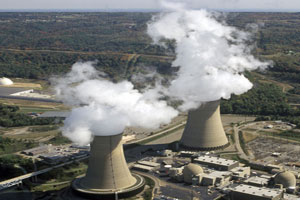
Caption![]() View full size
View full size
The sun causes liquid water to evaporate, or turn from a liquid to a gas (water vapor). The invisible water vapor floats high into the atmosphere (the air that surrounds the earth).
Most evaporation happens from the oceans, since oceans cover 70% of the Earth's surface. Any water can evaporate, even the snow on the top of mountains or the water in the leaves of trees!
Groundwater
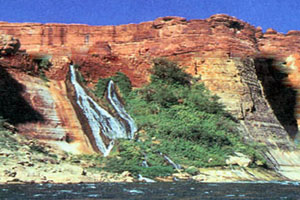
Water coming out of the ground, the Grand Canyon, USA.![]() View full size
View full size
Lots of water exists in the ground below your feet.
Some precipitation and runoff soaks into the ground to become groundwater. Plants use groundwater to grow. The water underground is always moving, with most of it ending up back in the oceans.
Precipitation
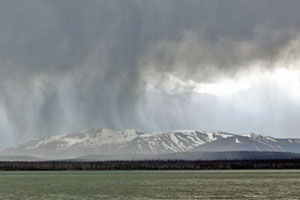
Rainstorm in Yellowstone Park, USA![]() View full size
View full size
 The tiny cloud droplets combine with each other and grow into bigger water drops.
The tiny cloud droplets combine with each other and grow into bigger water drops.
When they get heavy enough, they fall to Earth as precipitation, such as rain and snow. In cold climates, precipitation builds up as snow and ice, solid forms of water.
Runoff
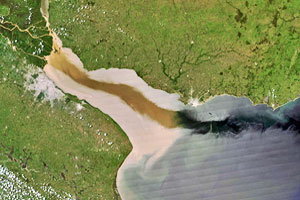
Satellite view of river water emptying into the ocean.![]() View full size
View full size
When rain hits the land or snow melts, it flows downhill over the landscape. This is called runoff, which provides water to rivers, lakes, and the oceans.
Some runoff even soaks into the ground to become groundwater.
The Sun
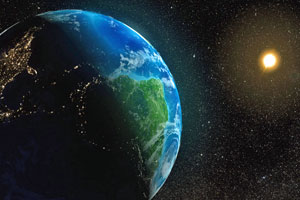
The Earth and the sun.![]() View full size
View full size
The sun is the real boss of the water cycle, and it doesn't even live here on Earth. The sun provides heat, or energy, which is what makes the water cycle work.
The sun's heat allows water to change forms from liquid to gas to ice and back again.
Our newest water cycle diagram depicts the global water cycle, as well as how human water use affects where water is stored, how it moves, and how clean it is. Check it out here! https://labs.waterdata.usgs.gov/visualizations/water-cycle/index.html#/

